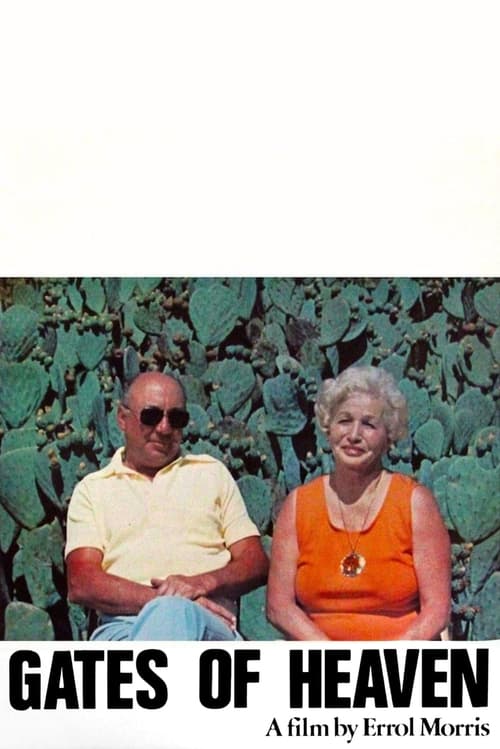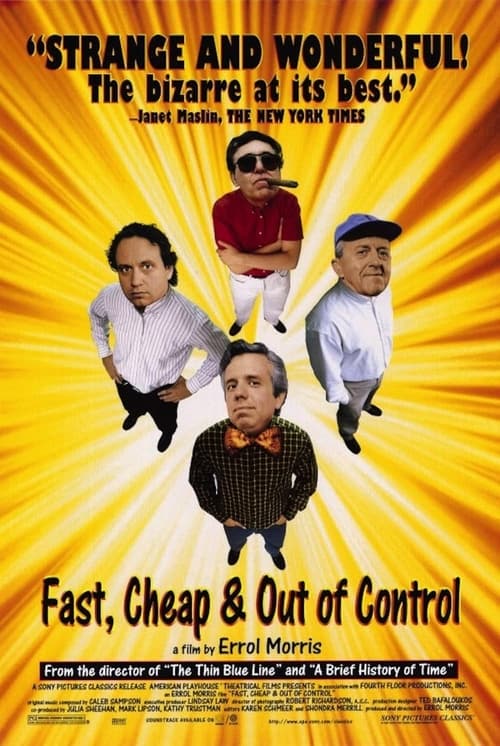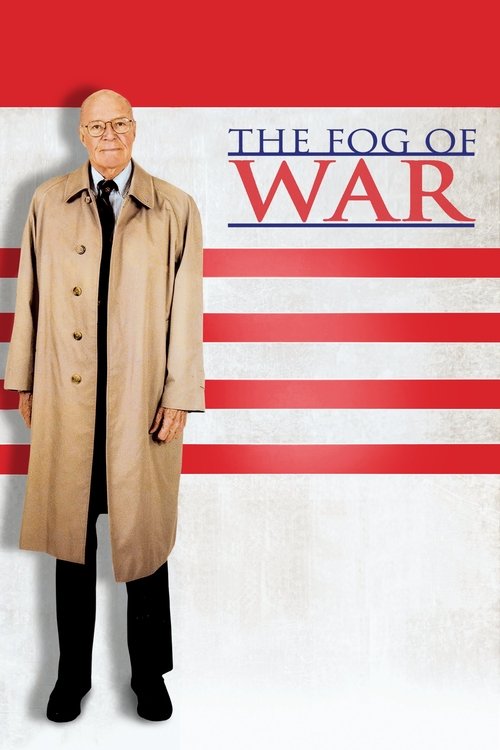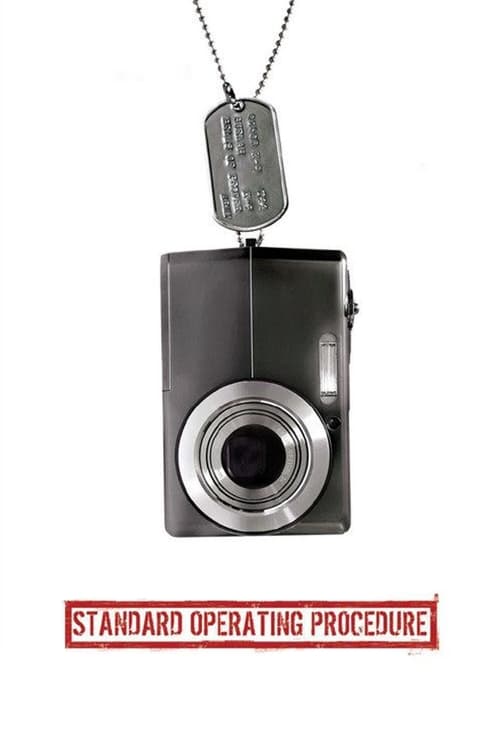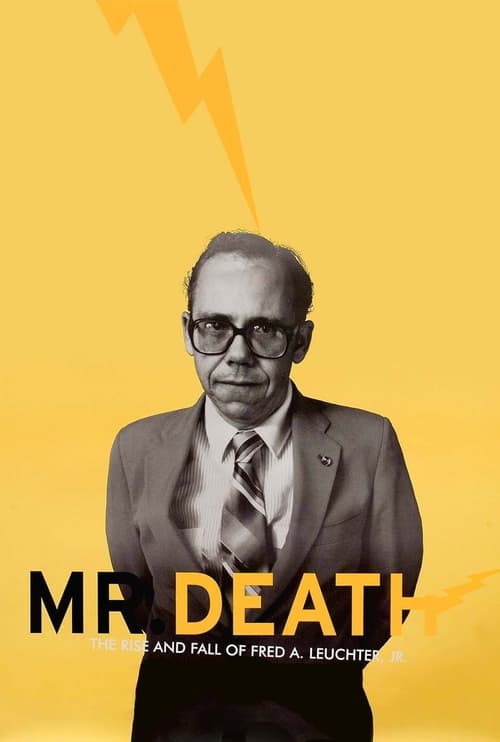Errol Morris: Truth Detective
Investigation through film
Errol Morris revolutionized documentary filmmaking by introducing the "Interrotron" camera technique and pursuing uncomfortable truths through his signature investigative style.
Morris's groundbreaking approach emerged with "Gates of Heaven" (1978), a seemingly simple documentary about pet cemeteries that legendary filmmaker Werner Herzog famously promised to eat his shoe if Morris completed it. The film demonstrated Morris's extraordinary ability to reveal profound truths through seemingly mundane subjects. His patient, observational style and willingness to let subjects speak at length created intimate portraits that went far beyond the surface narrative. This approach challenged the then-dominant cinéma vérité style, proving that staged interviews and carefully composed shots could reveal deeper truths than purely observational filmmaking.
Featured Films
Morris's invention of the Interrotron camera system in 1988 marked a crucial technical innovation in documentary filmmaking. The device allows subjects to look directly into the camera while seeing Morris's face projected onto a two-way mirror, creating his signature direct-to-camera interview style. This technique reached its powerful apex in "The Thin Blue Line" (1988), where Morris used it to investigate the wrongful conviction of Randall Dale Adams. The film combined stylized reenactments, Philip Glass's hypnotic score, and penetrating interviews to not only tell a story but actually solve a crime, leading to Adams's release from prison. This revolutionary approach demonstrated documentary film's potential as an instrument of justice.
With "The Fog of War" (2003), Morris turned his investigative lens toward former Secretary of Defense Robert McNamara, creating an extraordinary examination of power, war, and responsibility. The film showcased Morris's ability to extract startling admissions from powerful figures through his patient, persistent interviewing style. His use of archival footage, graphics, and multiple film formats created a dense visual tapestry that complemented McNamara's revelations. The film won the Academy Award for Best Documentary Feature and established a new standard for political documentary filmmaking.
Morris's technical innovations extended beyond the Interrotron. His use of multiple camera speeds, formats, and perspectives created a distinctive visual style that influenced countless filmmakers. In "Tabloid" (2010), he employed split screens, newspaper headlines, and archival footage to tell the bizarre story of Joyce McKinney. The film demonstrated his ability to approach sensational subject matter with both humor and gravity, while still pursuing deeper truths about human nature and media manipulation.
Throughout his career, Morris has challenged traditional documentary ethics and methods. His willingness to pay interview subjects, use reenactments, and manipulate imagery sparked debates about documentary truth. In "Mr. Death: The Rise and Fall of Fred A. Leuchter, Jr." (1999), Morris allowed his subject to reveal his Holocaust denial beliefs gradually, creating a complex portrait of self-deception and pseudo-science. This approach demonstrated Morris's belief that truth emerges not through objective observation but through careful investigation and the exposure of human self-deception.
Morris's influence extends beyond documentary film into journalism, true crime, and even fiction filmmaking. His methodical approach to investigation and his ability to extract truth through careful questioning has influenced modern investigative podcasts and television series. The dramatic reenactments in "The Thin Blue Line" paved the way for hybrid documentaries and true crime series that blend fact and dramatic recreation. His technical innovations, particularly the Interrotron, have become standard tools in documentary filmmaking.
More Ideas
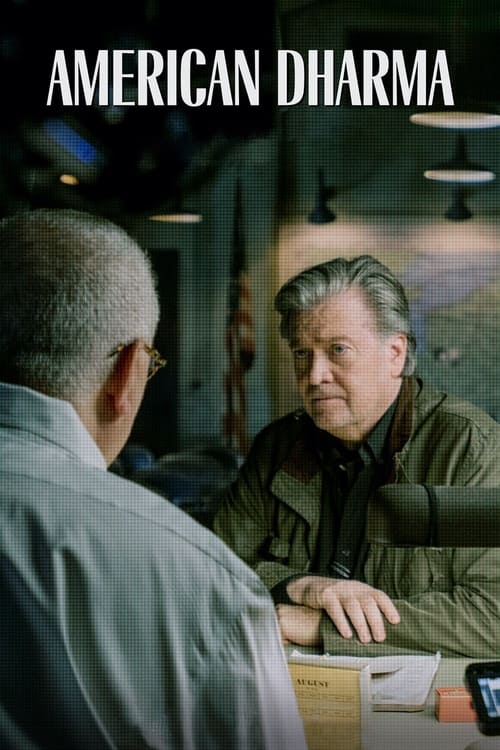
American Dharma
(2018)
Portrait of controversial political strategist Steve Bannon
Streaming on Amazon Prime
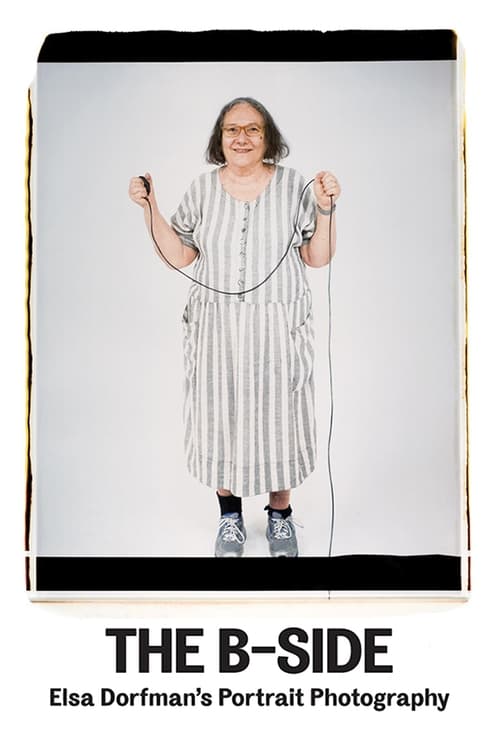
The B-Side: Elsa Dorfman's Portrait Photography
(2016)
Intimate look at large-format photography and artistic legacy
Streaming on Criterion Channel
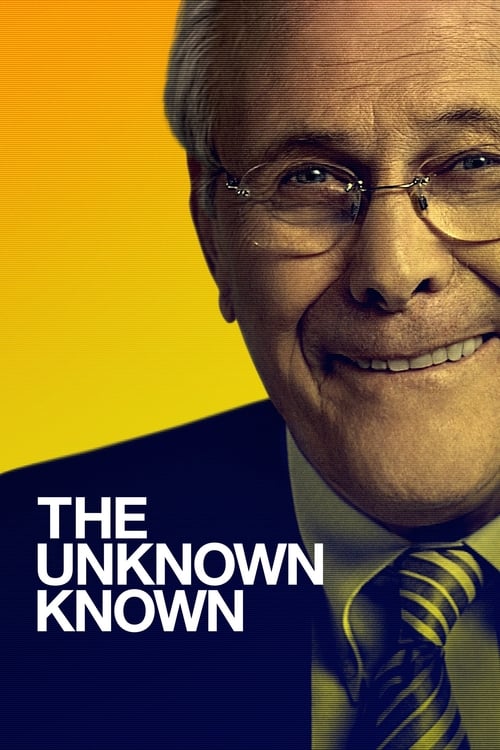
The Unknown Known
(2013)
Probing interview with Donald Rumsfeld about Iraq War decisions
Streaming on Hulu
More from Acclaimed Directors
The Coen Brothers: Genre Pastiche & Visual Wit
Postmodern storytellers
Christopher Nolan: Time, Memory & IMAX Spectacle
Puzzle box narratives
Denis Villeneuve: Sci-Fi Atmosphere & Scale
Thoughtful spectacle
Jordan Peele: Horror Through Social Commentary
Genre as activism
Frederick Wiseman: Institutional Observer
Fly-on-the-wall realism
Michael Moore: Provocateur Documentarian
Political activism through cinema
Fritz Lang's Architectural Psychology
Space as character
